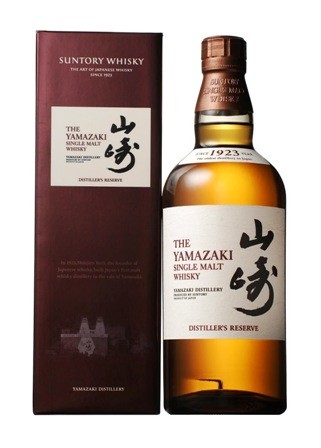By MasterofmaltThis is the best whisky on the market in my book. Smooth as silk with awesome flavor. I have a hard time keeping it in my cabinet because it seems to "disappear" quickly. I nearyly choked my brother-in law when I found he'd poured himself a large "bucket" of Scotch & Soda using my last bottle of 18 year old....bottle is now hidden in the closet!
By TheScotchNoobTo recap, I think The Glenlivet 12 year is slightly better than its similarly-priced rival Glenfiddich 12. On the flip-side, my impression of The Glenlivet 15 year is of moderate improvement that doesn’t justify its price jump. Today, we look at The Glenlivet 18 year, one of the cheapest scotches on the market to have reached 18 years of age. I enjoyed its nemesis, Glenfiddich 18, and I enjoyed the price I got it for at Costco even more. Let’s see how this one fares.
Oddly for The Glenlivet, which staunchly uses ex-bourbon barrels for its maturation, the 18 contains sherry-matured spirit at 12-13% of its volume. Glenlivet does not add coloring agents, but does chill-filter its malts. Finally, this entry in the Glenlivet range gets a bump up in ABV to 43%. About time.
Nose:
Hint of plum, but otherwise little sherry influence. Some vanilla, but not much wood. Where’s the green apple?
Palate:
Nice thick body. Creamy, not oily. Golden raisins, fresh green figs, sugar cookies.
Finish:
Not as smooth as I’d have thought for this age. Vanilla again, and some small amount of bitterness. Anise.
With Water:
Brings out coconut on the nose, and some nice fresh banana. I actually like this banana – it smells fresh and clean. The water thins the body somewhat, and ups the acidity, but kills the palate in the process, making it watery. Skip the water.
Overall:
The nice thing about the 12-year is the interesting fresh elements of green apple. The 15 also has some of that, but by the age of 18, it’s mostly gone. In its place isn’t woodiness, or sweetness, or even much complexity. I’m not sure what was happening in the barrel during those 6 extra years, but it wasn’t doing much to elevate this casual standard whisky, alas. That said, it’s hard to beat a decent, drinkable 18 year for under $80. That pricing strategy is the reason I enjoy the 12-year, so why not enjoy the 18 for the same reason? Keep in mind that the Glenfiddich 18 has more flavor and can be even cheaper (I once found it at Costco for $44 a bottle!). Shop accordingly.



